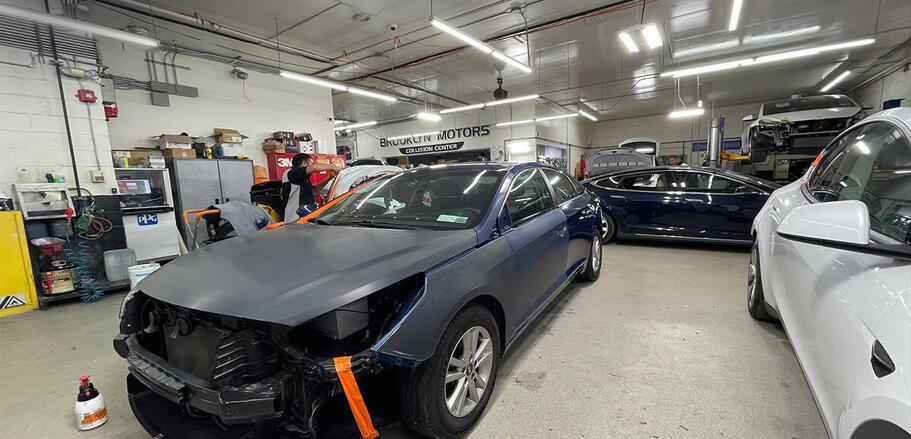 2575 Stillwell Ave,
2575 Stillwell Ave, Brooklyn, NY, 11223

 2575 Stillwell Ave,
2575 Stillwell Ave, 

 February 22, 2024
February 22, 2024The foundation of the electrical system in a Tesla is the high-voltage power system that supports the lithium-ion battery pack and electric drive components. The battery can store up to 100 kWh of energy in Model S and X variants. This provides electrical energy to the front and rear electric motors and components like the climate control compressor. The high-voltage system operates at around 400V. Strict safety mechanisms are in place to avoid electrical hazards.
12V power supply
In addition to the high-voltage system, Tesla has a separate 12V low voltage system that supports lower draw items like lights, audio systems, power windows, etc. The 12V battery is kept charged by the main HV battery through a DC-DC converter. Fuses, relays, and controllers route 12V power to various components. The 12V architecture is similar to a regular car while allowing the high-voltage system to solely focus on drive power.
Charging equipment
To recharge the HV battery, onboard charging equipment converts high-voltage AC power into DC that can be accepted by the battery. The charging electronics are attached to the battery pack and the charge port. Different onboard chargers allow for various charge rates from home outlets up to Tesla Superchargers. The charging system is made robust enough by the Tesla auto body repair shop to safely handle very high electrical loads during charging sessions.
Wiring networks
An intricate network of wiring distributes power throughout the vehicle. High-voltage cables transmit power from the battery to the motors. Additional HV cables feed other systems. Lower voltage wiring carries signals for lighting, audio, sensors, etc. Using multiple voltage systems minimizes electrical interference. Battery Management Systems monitor voltage and current levels to ensure electrical stability that is supervised by the Tesla body shop repair.
Computers and controllers
An array of computers and electronic control modules are used to manage the electrical components. The main vehicle controller monitors the battery, while separate controllers govern the motors, charging, media control, etc. Computers determine electrical power needs and ensure electrical safety. Software and firmware are updated to evolve the electrical architecture.
Tesla vehicles have a highly technical and robust electrical architecture optimized for an electric powertrain. The systems safely provide exceptional performance through integrated high and low-voltage networks working in harmony. The electronics are designed to be maintainable and upgradeable as technology improves. This electrical pedigree is essential to meeting the demands of an electric luxury vehicle.